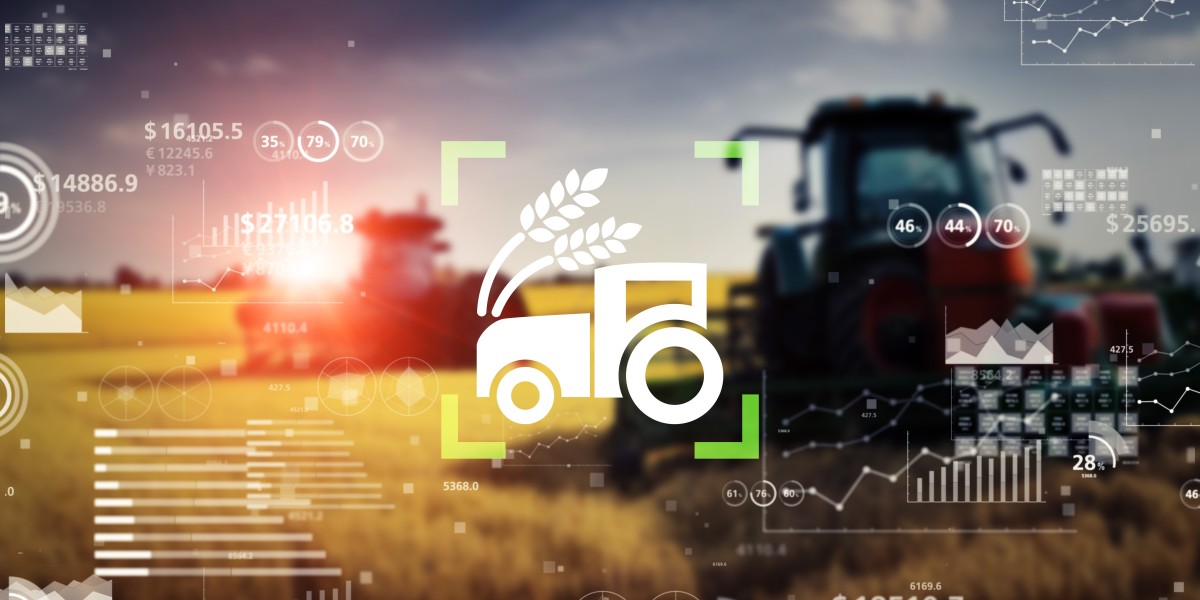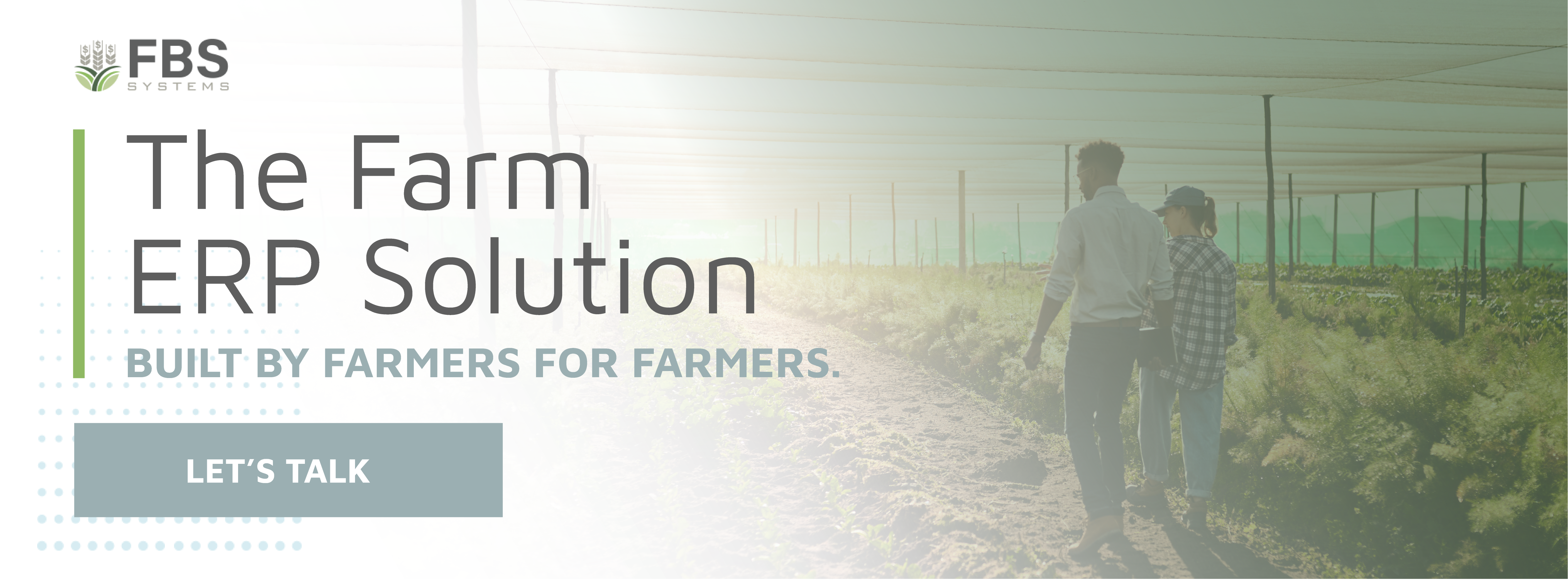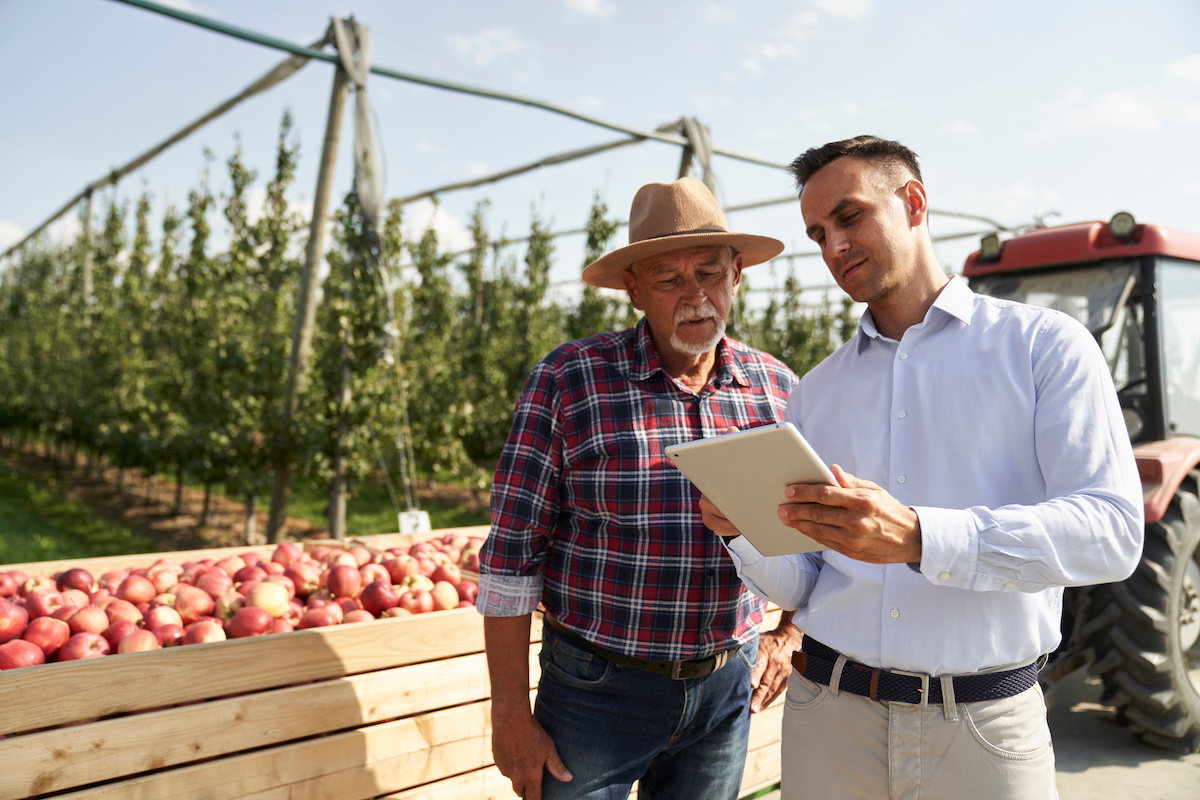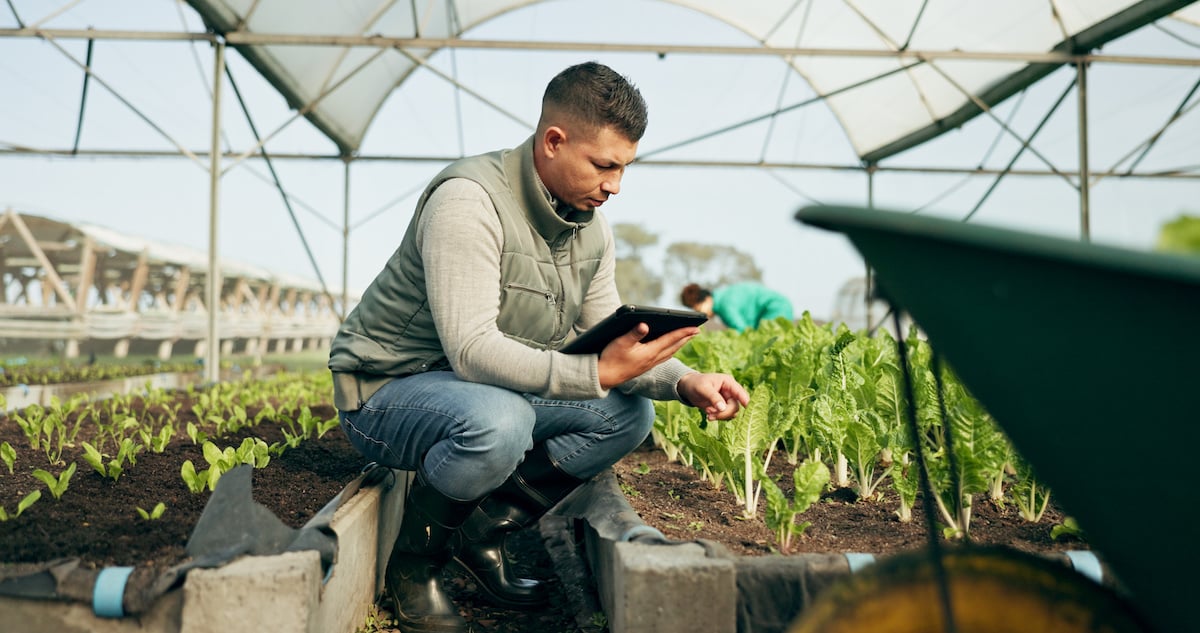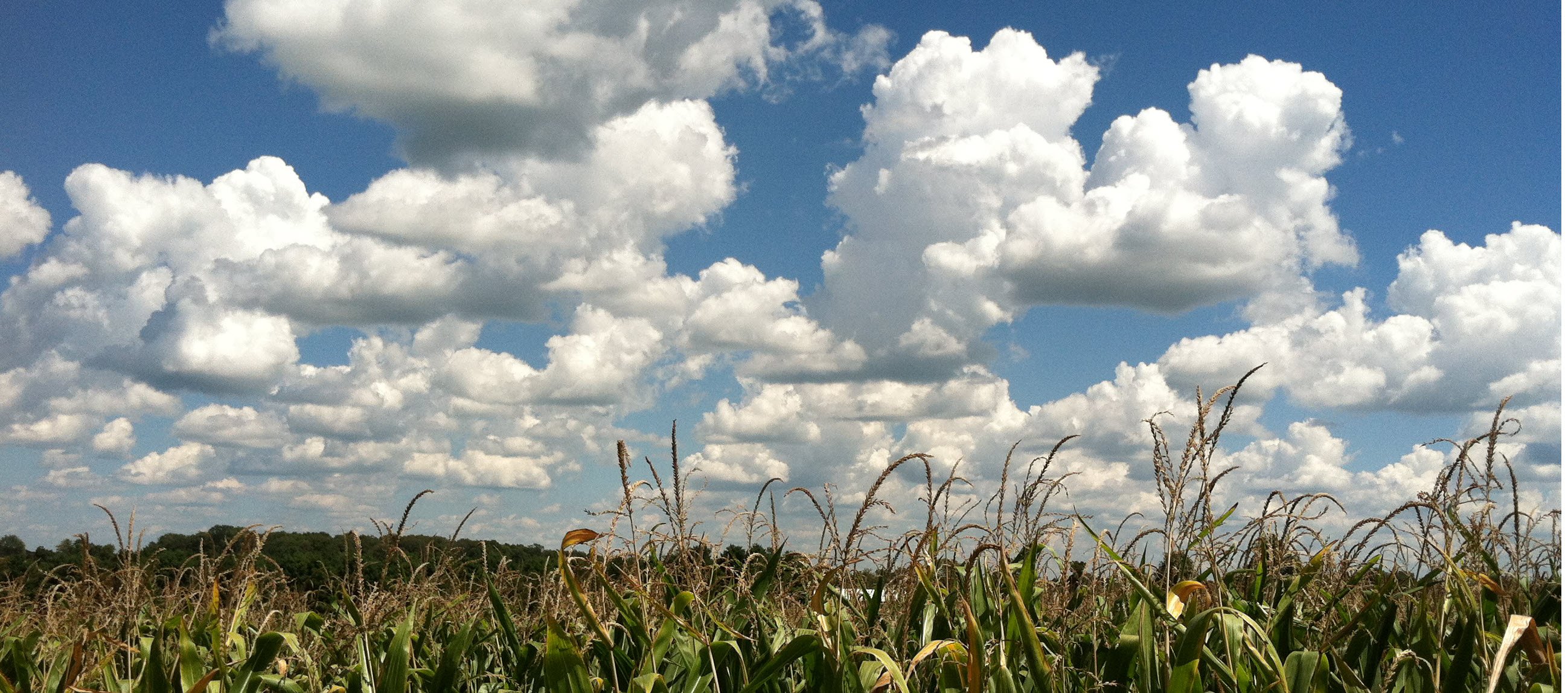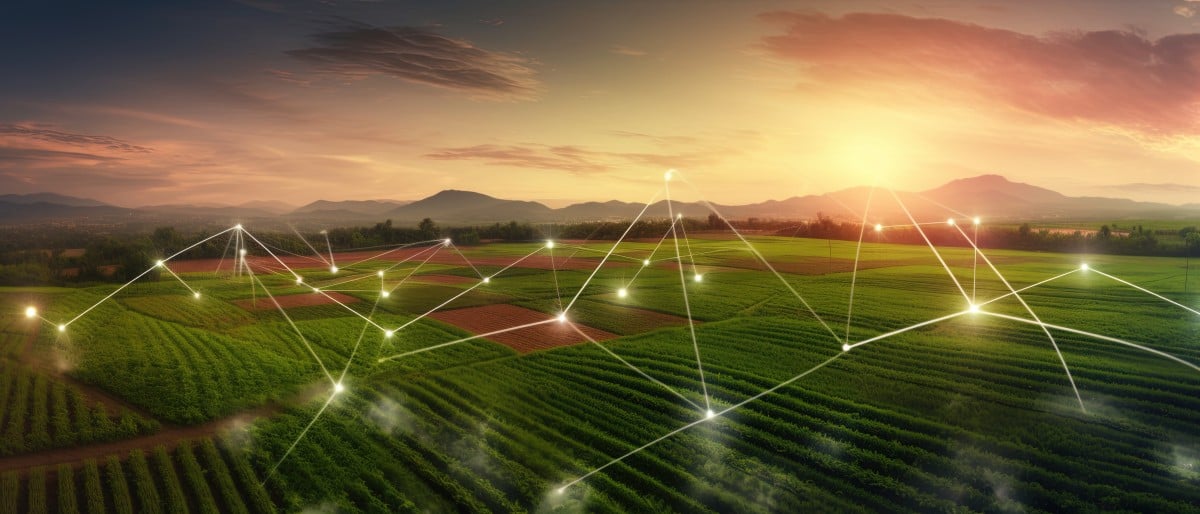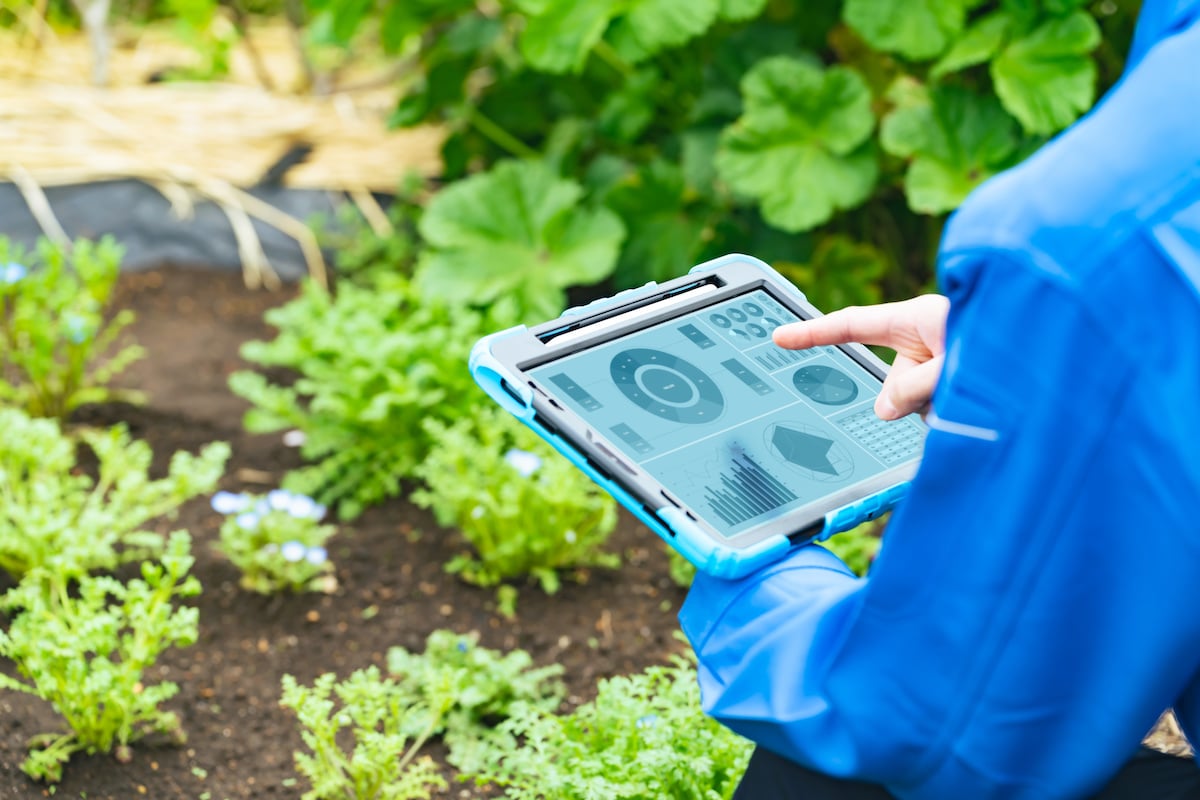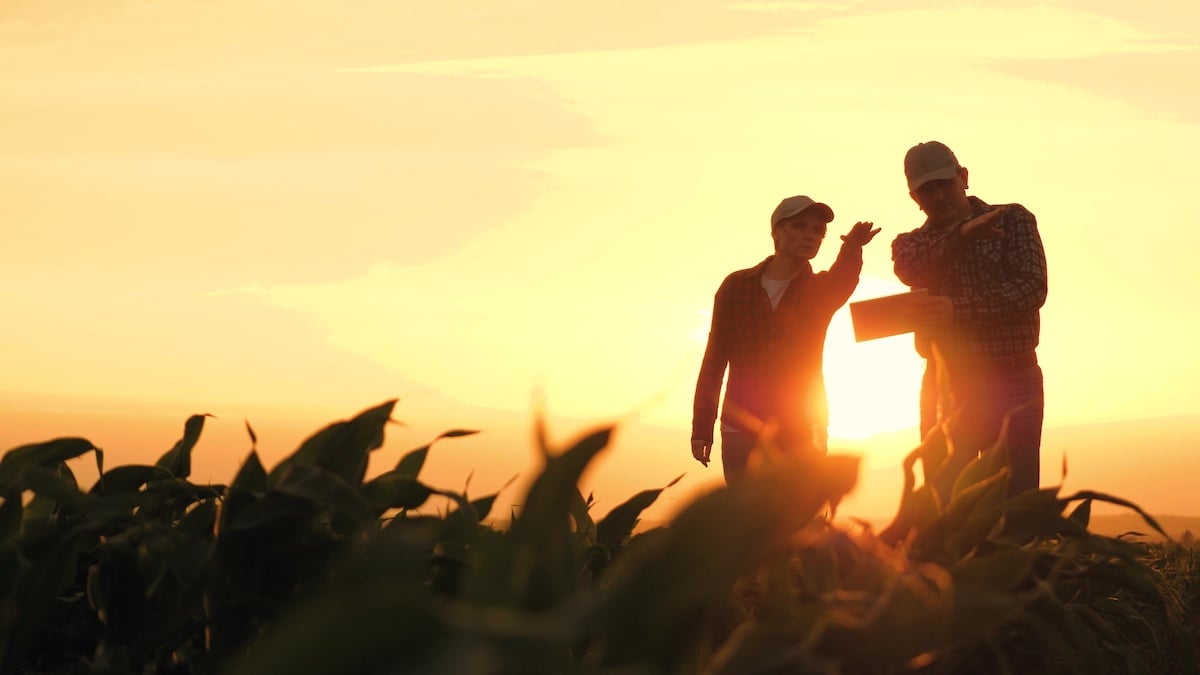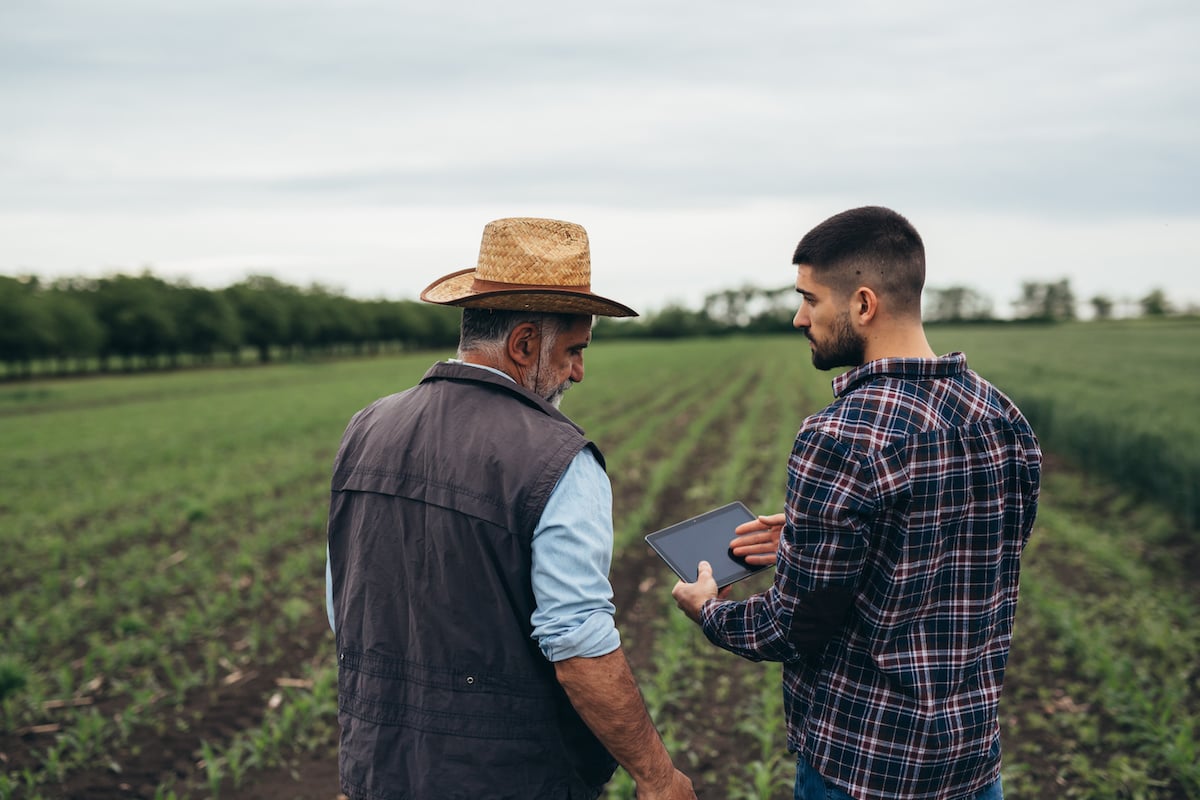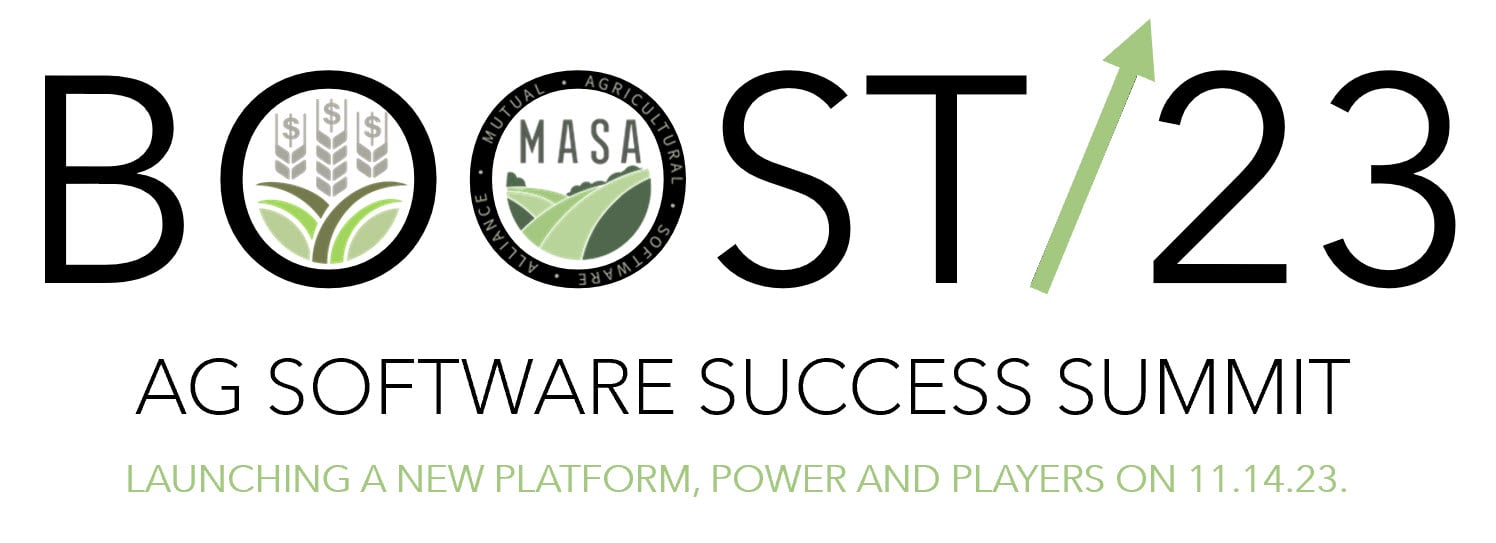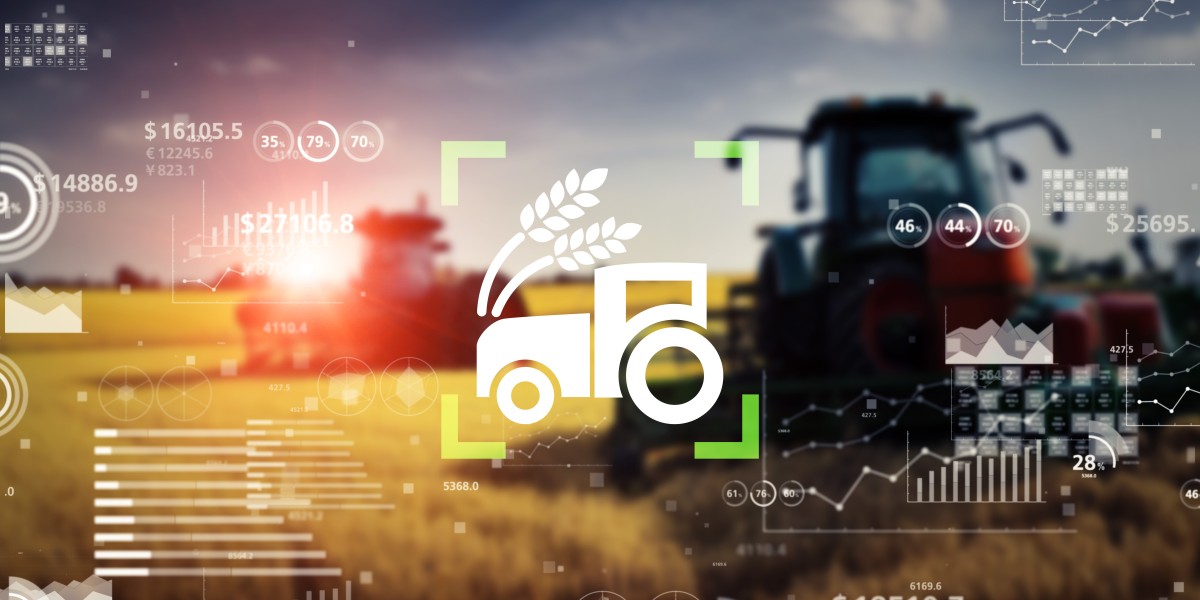
When preparing your farm enterprise’s business plan, what’s the reason for your analysis? Is it just to hand over to your credit manager for a business loan application? Or, are you using that analysis to turn your cost and production centers into profit centers for your business?
Understanding your farming enterprise and operations is crucial for maximizing farm profitability. However, we know that running a comprehensive analysis of your profit centers and increasing revenue can be a daunting task.
Let’s take a look at some steps to understanding a farming enterprise, some tips for turning production centers into profit centers, and how an enterprise resource planning (ERP) solution for farms can help!
Quick Links:
Understanding Farm Enterprises
Turning Production Centers into Profits
How Farm ERP Software Can Help Manage Profit
Understanding Farm Enterprises
What does it mean to “understand” your farming operation as an enterprise? Odds are that you already understand how to operate your farm perfectly well—how to grow specific crops, hire and onboard new employees, and maintain your farming equipment. However, when we speak of understanding farm enterprises, we’re speaking of the financial perspective rather than a purely operational one.
Understanding your farming enterprise from a financial perspective requires an in-depth analysis of your cost and profit centers, your current liquidity, your debt-to-asset ratio, and your farming operation’s overall profitability.
Cost centers can be subdivided into numerous categories. For example, the University of Florida’s Ask IFAS article on farming enterprises lists considerations such as:
- Building Needs. Expenses tied to the construction and maintenance of buildings required for a specific type of enterprise (such as silos for grain storage, sheds/warehouses for long-term hay bale storage, pens for various livestock, etc.).
- Equipment. Machinery needed for particular enterprises—such as hay balers, tractors, milking machines, pasteurization equipment, irrigation systems, etc.
- Insurance. Expenditures on crop insurance or other forms of business insurance that are used to minimize the financial risks associated with farming operations.
- Labor. Expenses for attracting and retaining workers to carry out the day-to-day tasks on the farm required for production. This includes payroll and other benefits paid to employees.
- Land Considerations. This includes issues such as land quality, arability, drainage, ownership, location, and more. These considerations can impact a land plot’s overall suitability for specific enterprises.
- Maintenance and Repair. Costs arising from the need to maintain or repair existing farming facilities and equipment.
- Management. Labor dedicated to the management of a farming operation. In many smaller enterprises, this is left to a single individual who needs to handle a diverse array of responsibilities for planning operations, tracking financials, dealing with vendors, and more.
- Marketing. Costs associated with hedging products and inputs and advertising the farming operation or its products to potential business partners or consumers.
- Operating/Variable/Direct Costs. Costs tied to the operation of the farm that may vary depending on the level of output. Labor can be considered a subcategory of operating costs.
- Processing, Packing and Shipping. Costs associated with preparing farm products for delivery to customers (such as individual consumers, redistributors like grocery chains, or food service industry clients like restaurant chains).
- Pest Management. Operating costs from pest control efforts such as the purchase of pesticide or retainment of pest control services to eliminate crop-damaging insects, rodents, and other pests.
- Regulatory Costs. Costs that arise from compliance efforts with state or federal agriculture regulations.
- Startup Capital. The money needed as a minimum investment to secure the land and supplies to start a given type of enterprise.
One of the challenges of understanding the financial aspect of your farm operations is that there is often overlap between different cost categories. For example, pest management is often a necessary cost for growing vegetables and fruits, so pesticide acquisition could be slotted into the “operating costs” category. The same can be applied to equipment and maintenance as acquiring and using different pieces of equipment is necessary for ensuring consistent productivity for all kinds of farm enterprises.
These considerations can be cross-referenced with a variety of enterprise types such as large or small farm animals, vegetables, tree fruits, small fruits, sod/turf, aquaculture, straw, citruses, and more. Tracking each of the above considerations by enterprise type can be a useful way to establish the profitability of each enterprise you engage in and improve operations planning for future expansions.

Turning Production Centers into Profits
Like any business, farms need to turn a consistent net profit to remain viable. Some basic steps to take to keep profits coming include calculating your costs, weighing them against the profits generated by each enterprise, creating a long-term strategy for farm profitability, and modernizing your processes to improve efficiency.
Calculating Costs
When optimizing your farming enterprise for maximum profitability, it’s important to first take stock of your current costs and profits. Calculating and allocating costs for each enterprise can be a daunting, but necessary task.
You can start by adding up all of the cost centers outlined previously and then incorporating your non-variable expenses—the DIRTI 5 (Depreciation, Interest, Repairs/Rent, Taxes, and Insurance) costs that you would incur regardless of your farm’s output or enterprise mix—into the total.
The total of your expenses would be your costs for your business for a particular period, but that isn’t the only cost assessment to make. It’s even more important to assess the costs of your individual enterprises—such as specific types of livestock, vegetable, fruit, or feed you grow—to see how profitable each enterprise is compared to its operating costs.
This can be difficult to define, not only from overlapping enterprise production cycles but also because cost centers often serve multiple enterprises—for example, the same equipment cost center could be used at varying levels in every enterprise on the farm.
The simplest solution is to arbitrarily allocate equipment costs between enterprises based on their percentage of farm acres. However, if the equipment is used differently for different enterprises, a more accurate method would be to use an activity-based cost driver to allocate costs that mirror the basis on which those costs are absorbed.
Cost driver examples include clock or tachometer hours, miles and trip acres for crop enterprises, and animal days and tons of feed for livestock. Comparing the cost of each enterprise to the amount of profit it produces is key for verifying the profitability and long-term viability of your operations.
Value-Added Agriculture
Value-added agriculture is a strategy for enhancing the value of farming products through one or more processes such as packaging, milling, separation, etc. This is a strategy for increasing farming revenue that can potentially remove middlemen for processing raw goods by allowing farmers to sell directly to their end users at a higher cost than they would get from processing companies.
This is posited as an alternative to “horizontal” growth where farmers grow their business by acquiring new acreage for planting more crops or growing more livestock. In cases where adding more land would be difficult, such as when the farm is already occupying all of the available land zoned for agriculture in the area and no other nearby land is available for sale, this could be a method for increasing profits.
However, value-added agriculture also brings in additional costs and challenges to farm operations. For example, new processing methods would require the acquisition of new equipment, new personnel (or the retraining of existing workers) to operate said equipment, and setting up new contacts to sell the processed goods. This introduces new risks and costs above and beyond those associated with commodity agriculture.
Modernization
Farming methods are constantly improving as new technologies and techniques hit the market. From using moisture meters to modify irrigation strategies, to the use of tractors and combine harvesters to automate the collection of many crops, to computer software that simplifies farm enterprise resource planning, there have been many pieces of technology that have helped to modernize farming throughout history.
Keeping an eye out for newer, more modern technologies and techniques and adding them to your operations can be a valuable means of improving farming operations to turn cost centers into profit centers. Farm ERP software is one technology that can help farm owners and operators manage their profit.
How Farm ERP Software Can Help Manage Profit
How does farm ERP software help farm owners and operators maximize profitability? FBS Systems can help you manage your profits by:
- Simplifying Accounting Tasks. Make tracking all of your expenses easier by leveraging an ERP solution that puts your accounts payable, payroll, contracts, and other financial information into convenient reports. Track accounts receivable and create flexible invoices and statements to help ensure consistent collections for your commodity crop and animal products.
- Improving Crop Production Tracking. Complete crop management solutions help you improve profitability through more precise planning, production tracking, and automated cost driver allocations. FBS’s Crop Audit Plus and MaCH 2.0 Precision Farming Interface solutions make it easier to turn field data into financial records that you can use to make better business decisions for your farm.
- Automating Report Generation. FBS’s farm ERP solution includes the ability to automatically generate reports from macros using Windows Task Scheduler or built-in times. Get the information you need when you need it!
Need help getting more out of your farm operations? Reach out to FBS today to get started!

